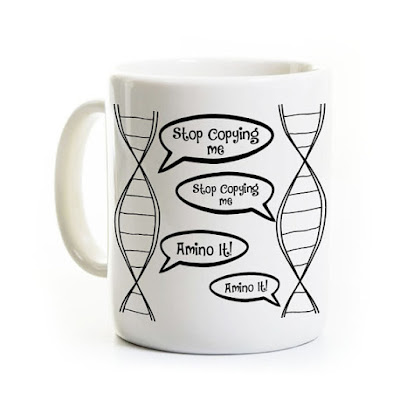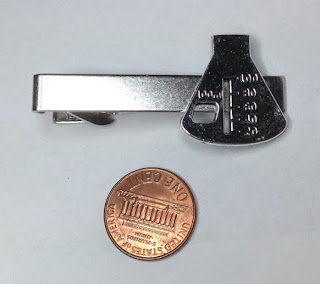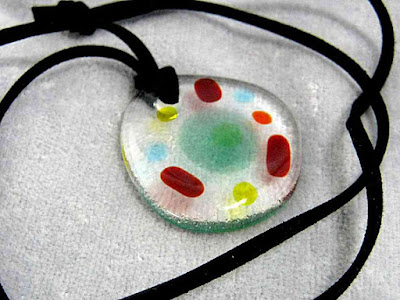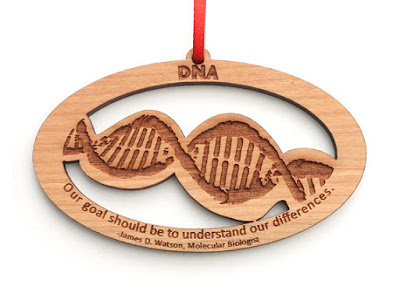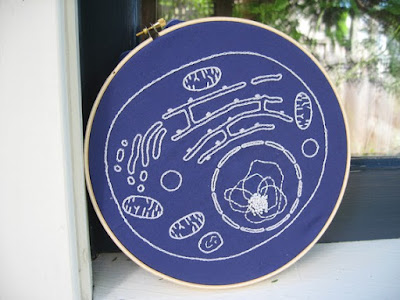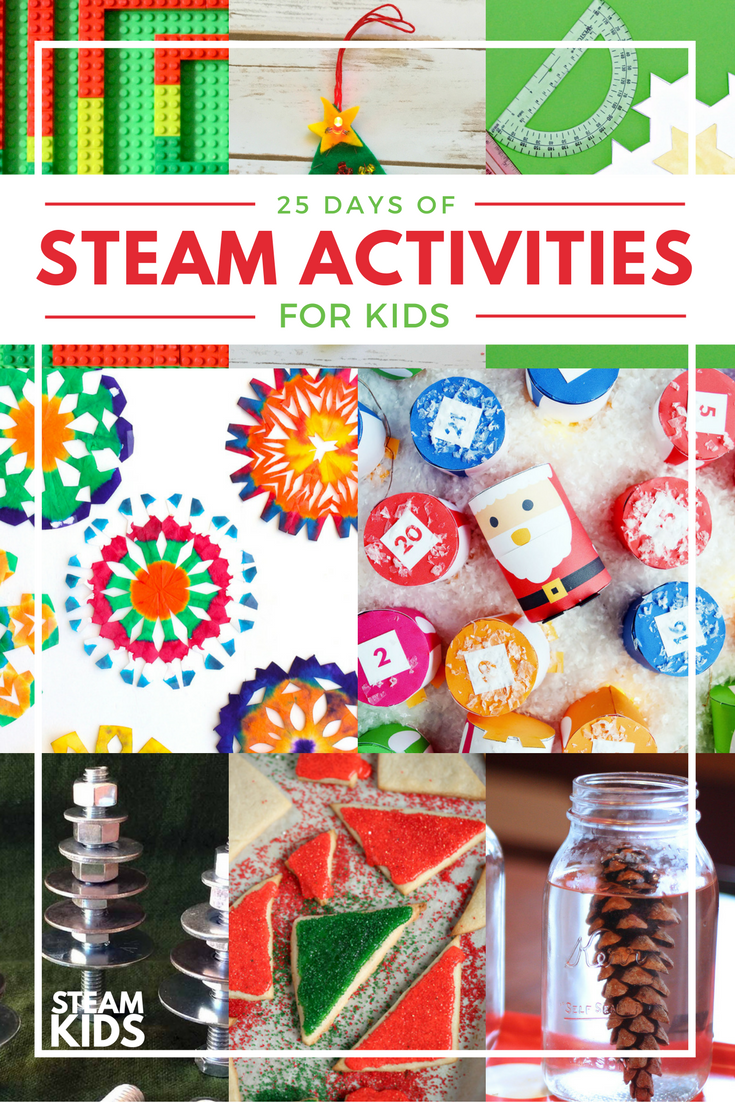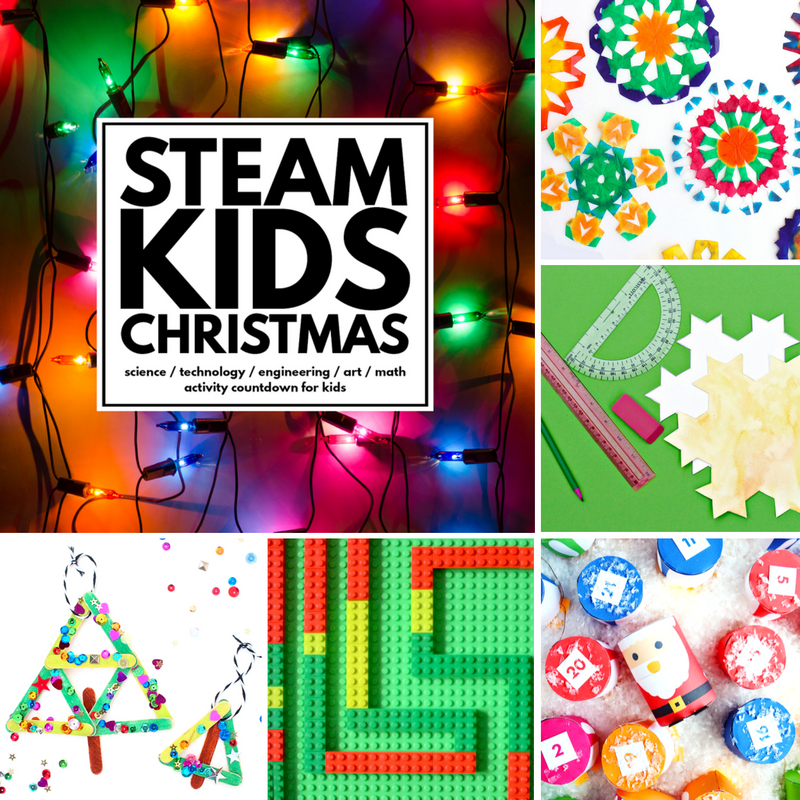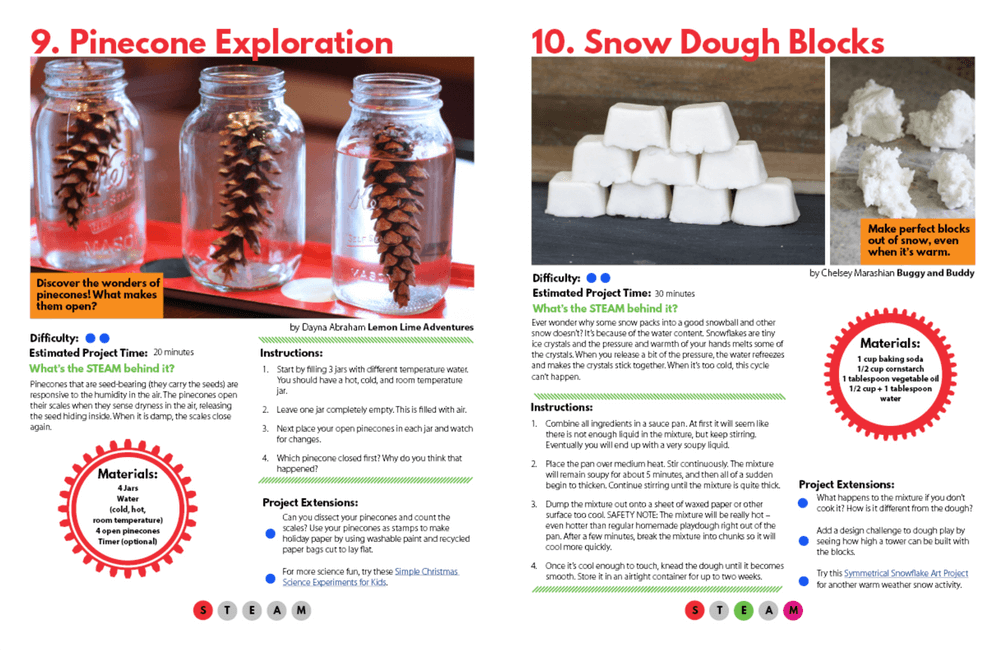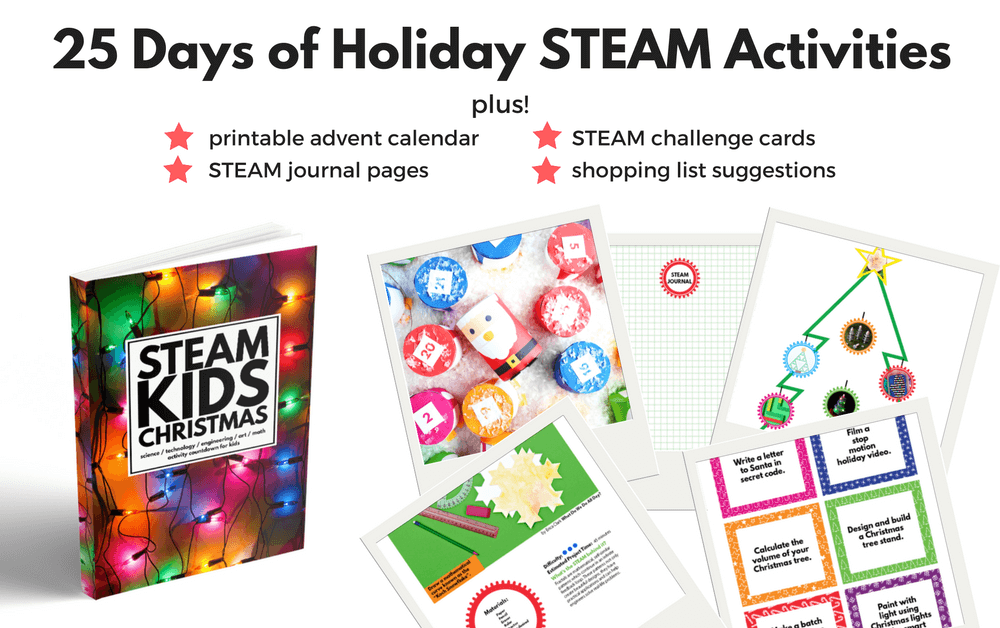I'm excited to be reviewing Eduporium, an online platform that helps connect kids, schools, homeschool and makerspaces to educational technology. Not only am I sharing all of Eduporium's services and resources with you, but Eduporium has also been very generous in providing a fun DIY Electro Dough kit, and a $50 shop credit for us to give away to a reader. Additionally, Eduporium is offering Share it! Science readers an exclusive discount code. You'll find details about each at the end of this post.
The Eduporium vision resonates with me in that they strive to provide experiences for children that will help them build skills, hone their imagination and creativity, and allow them to become real world problem-solvers. Another fabulous goal of Eduporium is to make ed tech accessible to schools and other organizations through education, program support, profit-sharing programs and educational discounts.
This video sums up Eduporium's mission nicely:
Eduporium offers a bright and engaging web page for students, parents, teachers and school administrators. Exploring their offerings you'll find cool tech, projects, a map of skills, activities and resources. For teachers and school administrators there is the Tech Lending Library, workshops, teacher collaboration sites, options for making ed tech affordable, and more.
The "cool tech" section is a great resource for learning more about a specific type of technology, i.e. Arduino or circuit stickers, and gives you an introduction about the tech, how to get started with it, the ways it can be used in education and some project ideas. In some cases, there are links to state education standards that might be met by using the technology or completing a project.
I was impressed with the project and activity sections. In "Projects" you'll find tons of fun project ideas that include a full supply list and helpful thoughts on how to put the project to use in a classroom. Projects include things like a DIY digital camera and DIY portable boombox. The "Activity" section has plenty of activity ideas that use technology available on Eduporium. These also include a full parts list so it is easy to get started and classroom resources.
I think some of the most useful sections as far as developing our student's real-world skills are the "Map of Skills" and "Resources" sections of the site. Both are works in progress, but there is a lot of potential and I look forward to see where each will go. "Map of Skills" features interviews with real-world professionals highlighting the skills needed for that career, how technology plays a role and other useful life-shaping information. "Resource"s includes "Wise Up Wednesday" workshops meant to teach about different technology that Eduporium has to offer schools and makerspaces.
The offerings for teachers and schools are unique. I'm excited to share these resources with colleagues in the field because I think they truly will help bring technology to their classrooms or makerspaces.
The "Tech Lending Library" is a cool program where teachers can borrow items for a small rental fee, that can then be used towards purchase if they choose to do so. This is a fabulous idea, since you never really know if something will work in your particular teaching setting until you've tried it out. Since obtaining an entire classroom set of ed tech products can be very pricey, this takes out the guesswork and allows schools to pilot a product and see if it makes sense for them to purchase.
By far one of the most important services Eduporium provides is tech affordability. One of Eduporium's goals is to make technology accessible for all students. There are several ways they are working to make this possible: profit-sharing, academic discounts, grants and young inventor discounts.
Schools can become a part of the profit sharing program. This allows schools to collect a portion of the profits generated from purchases made on Eduporium by their community members (families, faculty, etc).
Academic discounts are available for those who qualify. A brief questionnaire makes it easy to find out whether or not you can take advantage of educational pricing, sometimes up to 85% off in order to make technology accessible to all classrooms. These discounts were put into place by some of the major technology companies, but few people know about them, so the funds go unused. This is your chance to take advantage of these programs for your classroom!
Eduporium awards an educational technology grant of $250 each month to fund proposed projects. You can submit a proposal for a project on the website.
Discounts are also available for "young inventors". Kids can write to Eduporium about how they want to change the world, and they just might get the help they need to do so.
To help implement technology into schools, Eduporium teaches workshops and provides opportunities for teacher collaboration.
Currently, Eduporium is offering three different types of workshop opportunities. The workshops serve groups of students and their teachers, just teachers, or workshops that highlight how to use different products. These give people a chance to see this technology in practice, similar to the benefits of the Tech Lending Library it allows exploration before committing to purchasing a product before knowing how to incorporate it into learning or whether it will work in a particular setting.
Any school or school district can sign up for their own space on Eduporium's site. These teacher collaboration sites empower teachers within a school or district to work together and share ideas by providing a space to share lesson plans, or ask questions. There is the potential for teachers to post "wish-lists" for upcoming materials that will be required and share them with their students or the communities' users. Schools and districts can set up their own stores where products they are choosing to use can be purchased.
On Eduporium's forums teachers and the community can post questions, collaborate ideas and more. As an educator, I find this to be an invaluable resource. None of us are teaching in a bubble, so it is awesome to have a space for collaboration!
To take some of the guesswork out of building a school STEAM program or get kids started making, Eduporium offers kits and bundles. Different types of tech are bundled together to create all the supplies needed to explore a certain area, such as circuits, or robotics. The bundles teach skills that build upon each other and are chosen for age and skill appropriateness.
The Eduporium shop provides a space to purchase kits, maker tools, robotics, products to learn coding and even computers and tablets. In fact, Eduporium has offered Share it! Science readers an exclusive discount code. Use the code SHAREITSCIENCE now through May 31st, 2017 to receive 10% off of your ed tech order!
Interested in learning more about Eduporium? Check out their site, read their blog, follow them on social media, or visit their YouTube page!
Stay tuned as next week we will feature an interview with Eduporium CEO Rick Fredkin, and another great giveaway!
Ed Tech Giveaway!
Enter to win a DIY Electro Dough Kit plus a special $50 shop credit at Eduporium.com! This kit is a super fun way to teach kids about circuits while building and creating their own dough models and figures that light up or make sounds. This giveaway runs from December 1st, 2016 until midnight (EST) December 7th, 2016. You must be a resident of the United States to enter. Enter by following the directions in the Rafflecopter box below. The winner will be announced below and across our social media platforms.Check out this video to see how it works!
a Rafflecopter giveaway
Although this review was sponsored, all opinions are my own. All images and giveaway items provided by Eduporium.com














